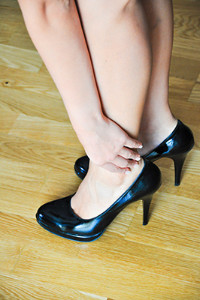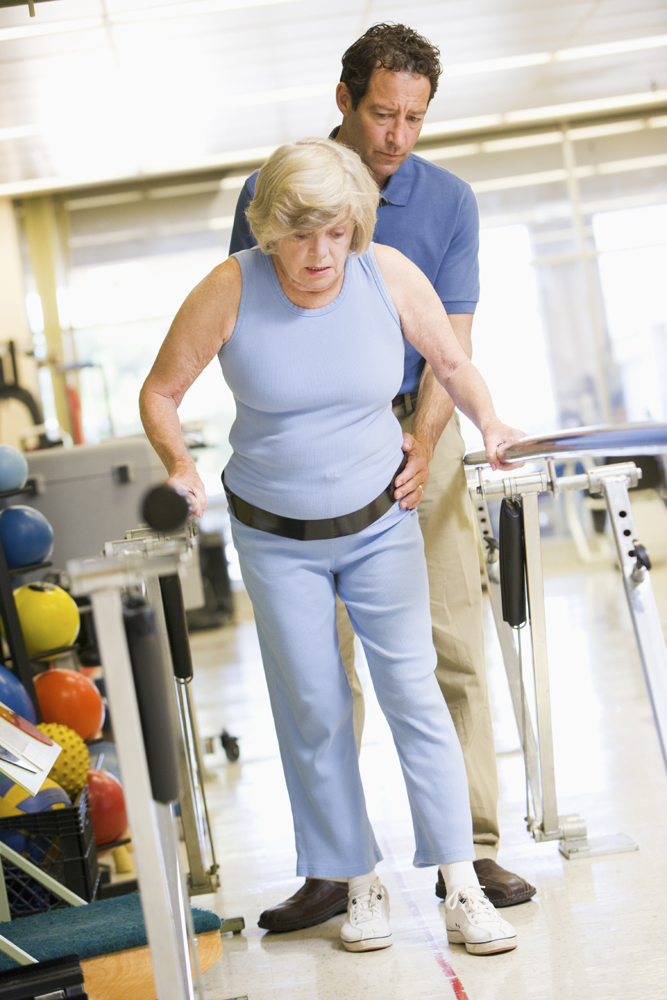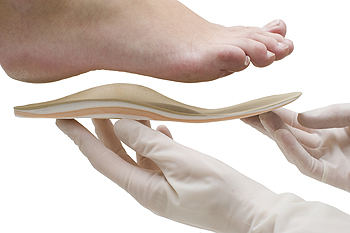 It is no secret that high heels are uncomfortable to wear for extended periods of time. However, if you choose to wear heels you should be aware of the consequences that wearing these stylish shoes may entail. Stress fractures are one of the most common injuries that may occur from wearing heels. If you accidentally turn your foot inward you may strain or break the ligament structures around the lateral side of the ankle; causing a lateral ankle sprain. Arthritis can also develop in those that wear heels too often. This is because you compensate while standing or walking in heeled shoes which causes the joints to wear down. In addition, heels have the potential to worsen your pre-existing foot conditions. For example, bunions can grow and become more painful when you wear heels compared to flat shoes.
It is no secret that high heels are uncomfortable to wear for extended periods of time. However, if you choose to wear heels you should be aware of the consequences that wearing these stylish shoes may entail. Stress fractures are one of the most common injuries that may occur from wearing heels. If you accidentally turn your foot inward you may strain or break the ligament structures around the lateral side of the ankle; causing a lateral ankle sprain. Arthritis can also develop in those that wear heels too often. This is because you compensate while standing or walking in heeled shoes which causes the joints to wear down. In addition, heels have the potential to worsen your pre-existing foot conditions. For example, bunions can grow and become more painful when you wear heels compared to flat shoes.
High heels have a history of causing foot and ankle problems. If you have any concerns about your feet or ankles, contact one of our podiatrists from Foot Health Center of Merrimack Valley. Our doctors can provide the care you need to keep you pain-free and on your feet.
Effects of High Heels on the Feet
High heels are popular shoes among women because of their many styles and societal appeal. Despite this, high heels can still cause many health problems if worn too frequently.
Which Parts of My Body Will Be Affected by High Heels?
- Ankle Joints
- Achilles Tendon – May shorten and stiffen with prolonged wear
- Balls of the Feet
- Knees – Heels cause the knees to bend constantly, creating stress on them
- Back – They decrease the spine’s ability to absorb shock, which may lead to back pain. The vertebrae of the lower back may compress.
What Kinds of Foot Problems Can Develop from Wearing High Heels?
- Corns
- Calluses
- Hammertoe
- Bunions
- Morton’s Neuroma
- Plantar Fasciitis
How Can I Still Wear High Heels and Maintain Foot Health?
If you want to wear high heeled shoes, make sure that you are not wearing them every day, as this will help prevent long term physical problems. Try wearing thicker heels as opposed to stilettos to distribute weight more evenly across the feet. Always make sure you are wearing the proper shoes for the right occasion, such as sneakers for exercising. If you walk to work, try carrying your heels with you and changing into them once you arrive at work. Adding inserts to your heels can help cushion your feet and absorb shock. Full foot inserts or metatarsal pads are available.
If you have any questions please feel free to contact one of our offices located in North Andover, and Tewksbury, MA . We offer the newest diagnostic and treatment technologies for all your foot and ankle needs.















